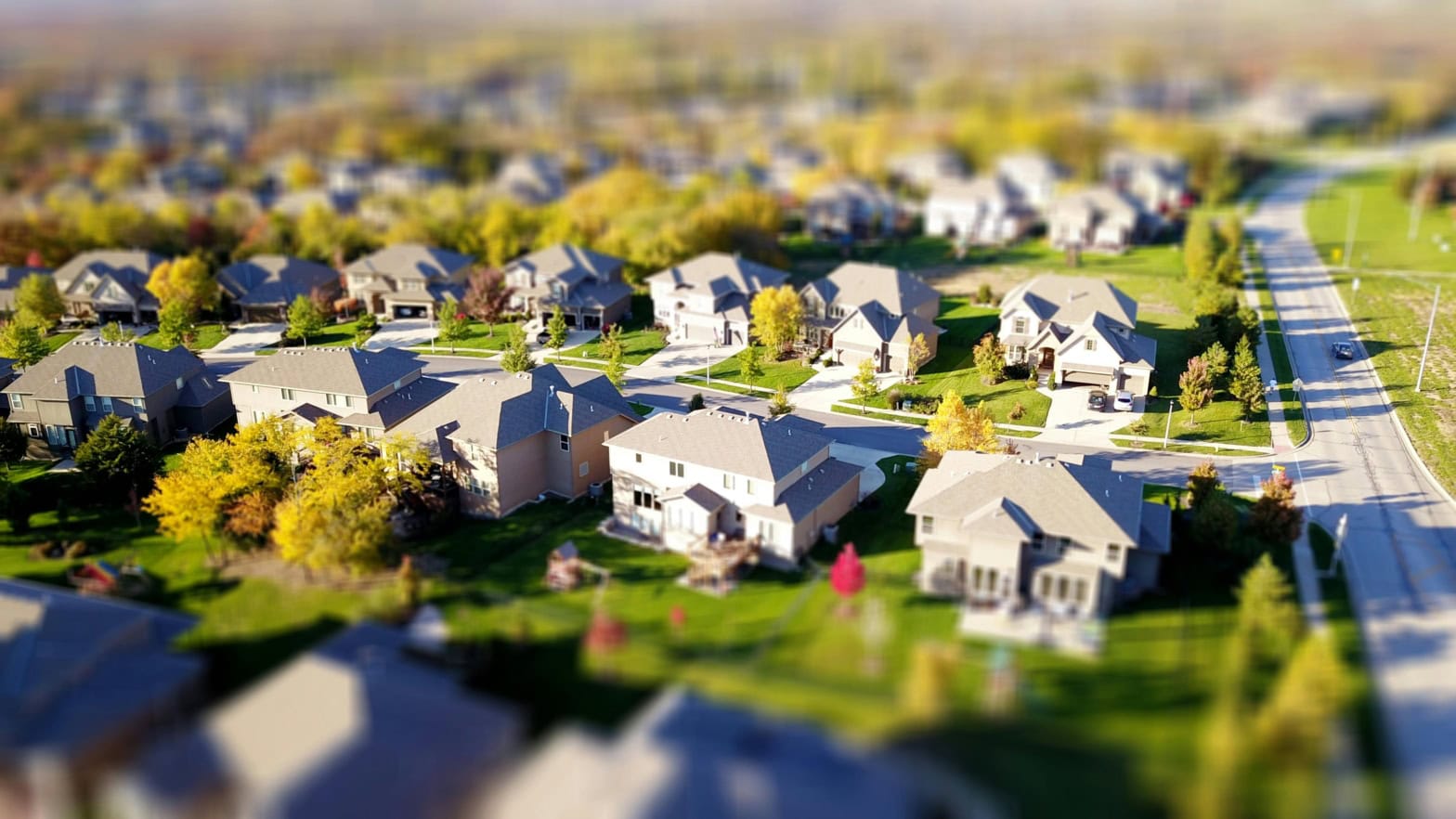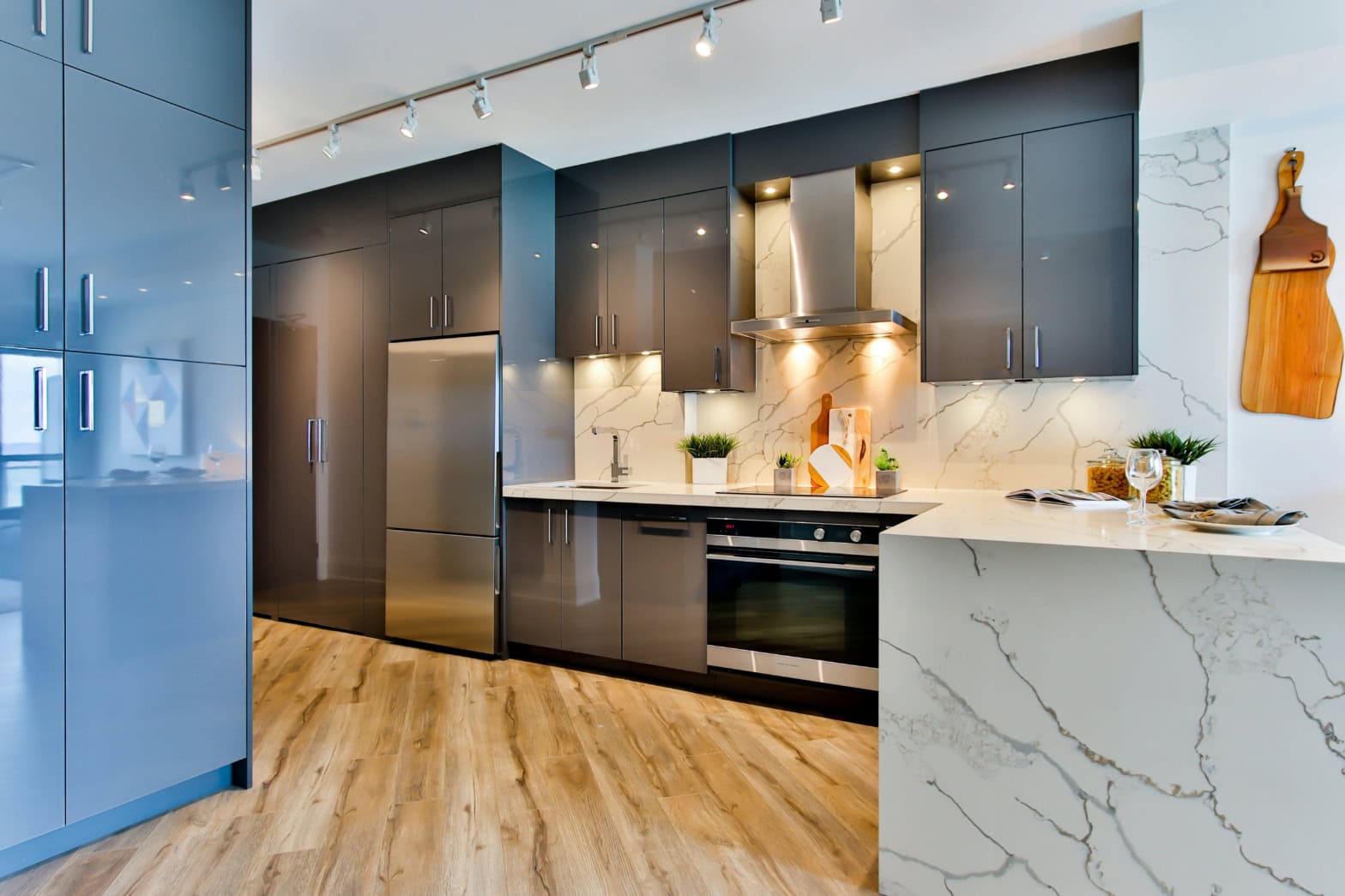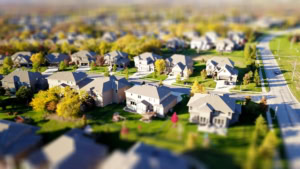What’s the difference between an insured and an uninsured mortgage?
If you plan on buying a home in the near future, you’ll want to understand the difference between an insured and uninsured mortgage. Whether your mortgage is insured or uninsured will change the size of the down payment you need to qualify, as well as how much you’ll be paying. In this article we’ll help you navigate the differences between these two, as well as another category: uninsurable mortgages.
Key Takeaways
- An insured mortgage will help you qualify for the lowest rates and protects your lender
- Mortgage insurance has qualification requirements like a minimum of 20% down
- If you don’t qualify for mortgage insurance you will need to get an uninsurable mortgage
What is mortgage insurance?
First off, let’s learn what mortgage insurance does for you, or rather, what it does for your lender. Mortgage default insurance is insurance you purchase which protects your lender in case you’re unable to pay your mortgage. For example, if you pass away or go bankrupt, mortgage insurance ensures that your lender won’t face any financial damages from the loan. Of course, like any other insurance policy, mortgage default insurance costs a premium which is typically rolled into your monthly mortgage payments.
In Canada you’ll be getting your mortgage insurance with either CMHC, Sagen, or Canada Guarantee, and the cost will be between 1% and 4% of your mortgage amount over the length of your mortgage.
At this point you’re probably wondering how you can avoid paying mortgage insurance, which is common. Here’s the deal: mortgage insurance is required by lenders to protect themselves if borrowers don’t meet certain requirements.
Here’s where the difference between an insured, and uninsured, and an uninsurable mortgage comes in.
What is an insured mortgage?
You need to get an insured mortgage if you plan on putting less than 20% down on your home. This is because mortgage lenders require borrowers to make at least a 20% down payment to qualify for an uninsured mortgage. While you might know that you’re a low-risk borrower for your lender, lenders impose these cutoffs to protect themselves and homeowners have to play by the rules.
Another advantage of an insured mortgage, other than the ability to buy with a down payment less than 20%, is that insured mortgages generally have the lowest interest rates offered by lenders for obvious reasons.
With the vast majority of lenders, any mortgage with less than a 20% down payment will be an insurable mortgage. The mortgage insurance providers have their own criteria for insuring mortgages as well however, and not all homes qualify.
In order to qualify for mortgage default insurance, the amortization period for the mortgage must be 25 years or less, and the purchase price of the home must be less than $1 million. That puts quite a lot of homes in Toronto in the uninsurable category, which we’ll cover later in this article. If you’re wondering why none of these numbers are indexed to inflation, so are we.
Recommended reading: The pros and cons of mortgage default insurance
What is an uninsured mortgage?
An uninsured mortgage, like you would expect, is a mortgage borrowed without insurance. Unlike an uninsurable mortgage however, it is still possible to purchase mortgage insurance on the mortgage and you may choose to do so if you wish. Another name for this type of mortgage is an insurable mortgage, because you still have the ability to get mortgage insurance. One reason you might consider purchasing mortgage insurance when your down payment is above 20% is your lender offering you better rates if your mortgage is insured. Not all uninsured mortgages are insurable mortgages however, as there are some mortgages which don’t fall within insurers’ guidelines and don’t qualify for mortgage default insurance.
What is an uninsurable mortgage?
An uninsurable mortgage is a mortgage that doesn’t qualify for mortgage default insurance and therefore can’t be insured. Mortgage insurance providers won’t provide mortgage insurance for a home with a purchase price of over $1 million, or a down payment of less than 5%, making both of these mortgages uninsurable. Additionally, mortgage insurance providers won’t provide mortgage insurance for rental properties, meaning all mortgages for investment properties are considered uninsurable. Uninsurable mortgages usually have higher interest rates than either insured or insurable mortgages, as they are seen to be riskier for the lender. This doesn’t necessarily mean you will be getting a bad interest rate if your mortgage is uninsurable however, as you can do other things to mitigate the perceived risk to your lender. A mortgage on a home with a price above $1 million will have similar rates as an insured mortgage if you provide a down payment of 35% for example.
Mortgage insurance requirements
To sum up, let’s go over the criteria for each type of mortgage starting with insurable mortgages:
Insured mortgages
- Have a down payment of between 5 and 20%
- Have a purchase price of less than $1 million
- Have an amortization of 25 years or less
Uninsured / insurable mortgages
- Have a down payment of 20% or more
- Have a purchase price of less than $1 million
- Have an amortization of 25 years or less
Uninsurable mortgages
Aren’t able to qualify for mortgage default insurance for one or more of the following reasons:
- Purchase price above $1 million
- Amortization period of more than 25 years
- Down payment of 5% or less
For all your homeownership needs and the best mortgage rates on the market, sign-up to Perch today.
 Joey
Joey





